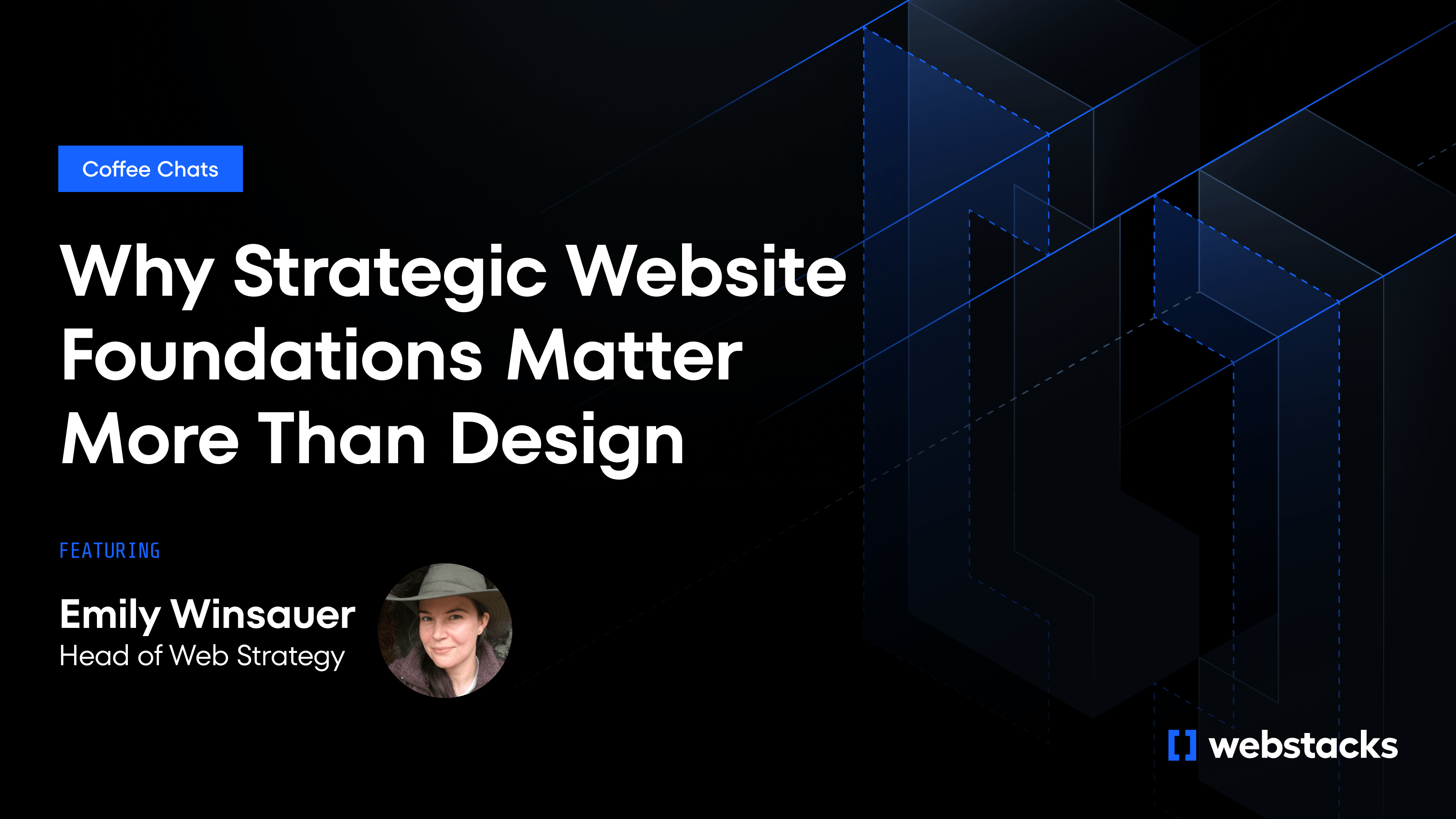SaaS growth doesn’t come from throwing money at ads or launching a flashy campaign and hoping it sticks. The fastest-growing companies in 2025 are doing something different: they treat growth like a process. They build systems that actually work together across the website, product, and go-to-market teams.
Here are eight strategies that are helping SaaS teams scale, along with tips on how to make them work for you.

1. Treat Your Website Like a Product
Your site isn’t just a digital brochure. It’s where users find you, learn about your product, and decide to take the next step. So why treat it like a one-time project?
Too many companies do a big redesign, launch it, and then leave it alone for months. Meanwhile, the business keeps moving.
Instead, think of your site like your product:
- Update regularly
- Test things
- Change the copy as your positioning shifts
- Roll out new pages quickly and with user feedback
That’s exactly what ServiceTitan did. When they rebranded, they worked with Webstacks to build a modular website system. It let them launch pages faster, test new ideas, and scale content without slowing down.
You don’t need it to be perfect on day one. Just make sure your site is set up to support what’s next.
2. Build a Stack That Grows With You
Growth adds complexity:
- More pages
- More content
- More hands in the system
A composable stack helps you handle it without losing speed.
Instead of relying on one all-in-one CMS, composable setups use smaller tools that each do one job well:
- Contentful for content
- Next.js for frontend
- Vercel for hosting
Because everything connects, teams can make changes without waiting on devs or rewriting the whole site.
This setup gives marketers more control, keeps design consistent, and lets developers focus on the hard stuff. Whether you're launching new features, supporting partners, or localizing content, you can do it faster with the right tools.
Many teams move to this model after outgrowing platforms like Webflow or WordPress. They’re tired of hacks and want real flexibility.
3. Align GTM Teams Around Shared OKRs
It’s hard to grow when marketing, product, and sales are all working toward different goals. That’s why alignment matters.
Shared OKRs help everyone stay focused on what really moves the business forward.
Let’s say marketing wants more trials and product wants more adoption. Instead of running separate plays, you agree to focus on activation. Now your campaigns, landing pages, and in-app prompts all pull in the same direction.
It doesn’t have to be complicated. A shared dashboard and a few regular syncs can go a long way.
When teams are aligned, they move faster, handoffs are smoother, and results stack.
4. Turn Your Website Into a Demand Gen Engine
Your website should be working 24/7 to bring in the right traffic and convert it into pipeline. But that only works if the content matches what buyers are actually searching for.
Start with intent. What do people type into Google when they’re looking for a product like yours?
Then build pages around those questions:
- Blog posts that solve real problems
- Landing pages for specific use cases
- Product pages that focus on outcomes
Calendly does this well. Their site speaks to different audiences such as HR, sales, and success teams, and guides each one clearly. It’s not flashy. It just works.
Great content doesn’t shout. It guides. It answers the right questions at the right time, and then gets out of the way.
Pair that with fast load times and solid SEO, and your site will quietly generate leads while you sleep.
5. Embrace SaaS-Specific AEO (Answer Engine Optimization)
Search has changed. These days, people ask full questions and expect an answer right there in the results.
That’s where AEO comes in. It helps your content show up in places like featured snippets, “People Also Ask” boxes, or even AI-generated summaries.
For SaaS teams, this means writing clearly, using real structure (think headings, bullet points), and adding schema markup to tell Google exactly what your content is about.
You’re not just chasing clicks, you’re showing up at the exact moment someone needs you. And even if they don’t land on your site right away, you’ve already made an impression.
Webstacks helps SaaS teams build AEO-ready sites from the ground up. These sites are:
- Fast
- Lightweight
- Designed to answer questions before someone even hits your homepage

6. Accelerate Growth Through Strategic Partnerships
Partnerships can help you grow without inflating CAC. Done right, they boost visibility, bring in new users, and give both sides more credibility.
You don’t need to go big at the start. Try a joint webinar, a content swap, or a co-branded landing page aimed at a shared audience.
Smart SaaS teams treat their site like a partner hub, featuring integrations, success stories, and shared use cases. That makes it easier for potential partners to see the value and for users to understand how your product fits into their stack.
The best part? When your partners grow, so do you.
7. Design for Marketer Autonomy, Not Dev Dependency
If every website update has to go through engineering, things break down. Campaigns get delayed. Teams lose momentum.
Marketers need to move fast. That means updating headlines, publishing pages, and running tests without waiting in line for a developer.
The fix? Flexible CMS setups with reusable components. Tools like Sanity or Contentful make it easy for marketers to own the site, while devs keep things secure and scalable.
This frees everyone up to focus on what they do best. Marketing can experiment more. Devs can ship product features instead of changing button colors. And growth doesn’t get bottlenecked.
8. Prioritize Performance, UX, and CRO From Day One
Slow sites kill conversion. Clunky experiences turn people away. And it doesn’t matter how great your messaging is if your site doesn’t load in time to deliver it.
That’s why fast, user-friendly, conversion-optimized sites win.
You don’t need to redesign everything overnight. Start small with:
- Cleaner layout
- Better headlines
- Simpler CTAs
- Faster load speeds
These little tweaks compound over time.
When your site runs smoothly, everything you do, including your ads, content, and partnerships, works better.
SaaS Growth Starts With a Site That Can Keep Up
Growth doesn’t happen in silos. It comes from smart systems that support each other, and your website is right at the center.
In 2025, the SaaS teams growing fastest are the ones with aligned goals, flexible tools, and sites that can scale with them.
Pick one of these strategies and start there. Make it your own. Then build from that momentum.
And if your website feels like it’s holding you back instead of helping you grow, Webstacks can help you turn it into a real growth engine. Let’s talk.




